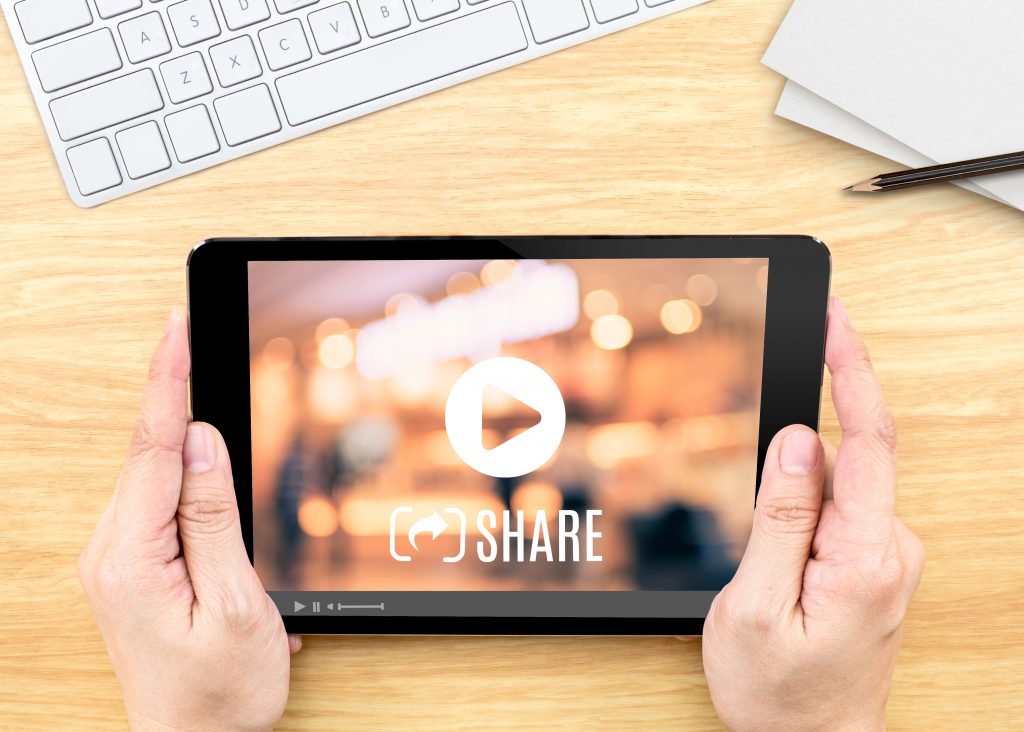Sharing presentations online is now possible with websites like SlideShare, Haiku Deck, SlideSnack and more. But getting others to share your presentation for you is a more difficult task. With so much content being posted online everyday, how do you make your presentation stand out? Let’s take a look at the psychology behind it.
How to Make A Sharable Presentation

Forbes breaks down the three main types of content that triggers parts of our brain, leading us to share the information. They are utility, entertainment and inspiration. Each have a unique style and meet different sets of needs. Meeting your audience’s needs will make for a sharable presentation.
Utility:
This is content that is “useful or helpful in certain situations” that makes things in our life simpler. Presentations that offer a “how to” approach on a topic meet this criteria. By setting up your presentation as a solution for an everyday problem, you could see an increase in how often it is shared. Here’s an example of one of our utility presentations:
Entertainment:
We like to share funny videos, personality quizzes and relatable memes. These all fall under the entertainment category. If your presentation includes a compelling video or humorous story, use that as a means to encourage others to share it with their friends and family. Putting in a video or joke is an effective way to engage your audience and change up the flow. Likewise, weaving a story with moments of humor throughout the presentation is a memorable way to sell your message. Scroll through one of our entertainment presentations:
Inspiration:
Inspirational posts usually perform well when it comes to be shared because they are… well, inspirational. “Things that pique our curiosity or stimulate our creativity naturally encourage us to reach out to other people who may end up feeling the same level of interest or motivation.” If your aim is to inspire others with your presentation, make sure you market it that way on the web. A good inspirational presentation could end up being seen by millions. Take a look at one of our inspiration presentations:
The Forbes article also talks about the importance of emotion. If your content can make an emotional connection to the viewer, they will be more likely to share it. Generally, if your presentation evokes a positive emotion, it’s chances of being shared will increase. But negative emotions like anxiety can also lead to your presentation being shared. However, emotions like sadness do not lead to shareability. This is a lot like walking a tight rope; finding the right balance is key, because leaning too far one way will cause you to fall.
Shareability is tricky, and it lies solely in the hands of the viewer to decide if they want others to see your presentations. Even if you follow this guideline, it still may not result in your expectations. But don’t stop trying. Putting in the extra effort to market your presentation as a solution to a problem, a good laugh or a motivational message will increase your odds of seeing it shared on other platforms.
Related Posts:
Creative Ideas for SlideShare Presentations and Content